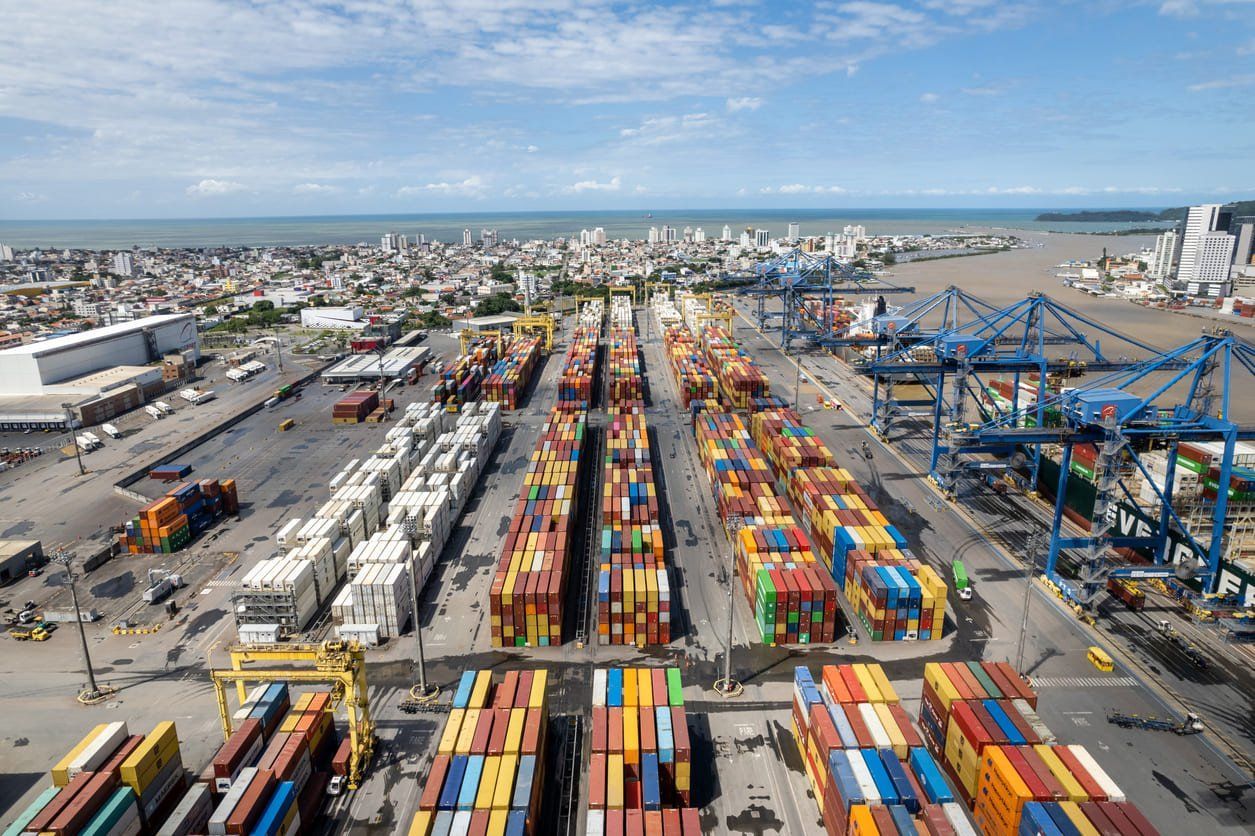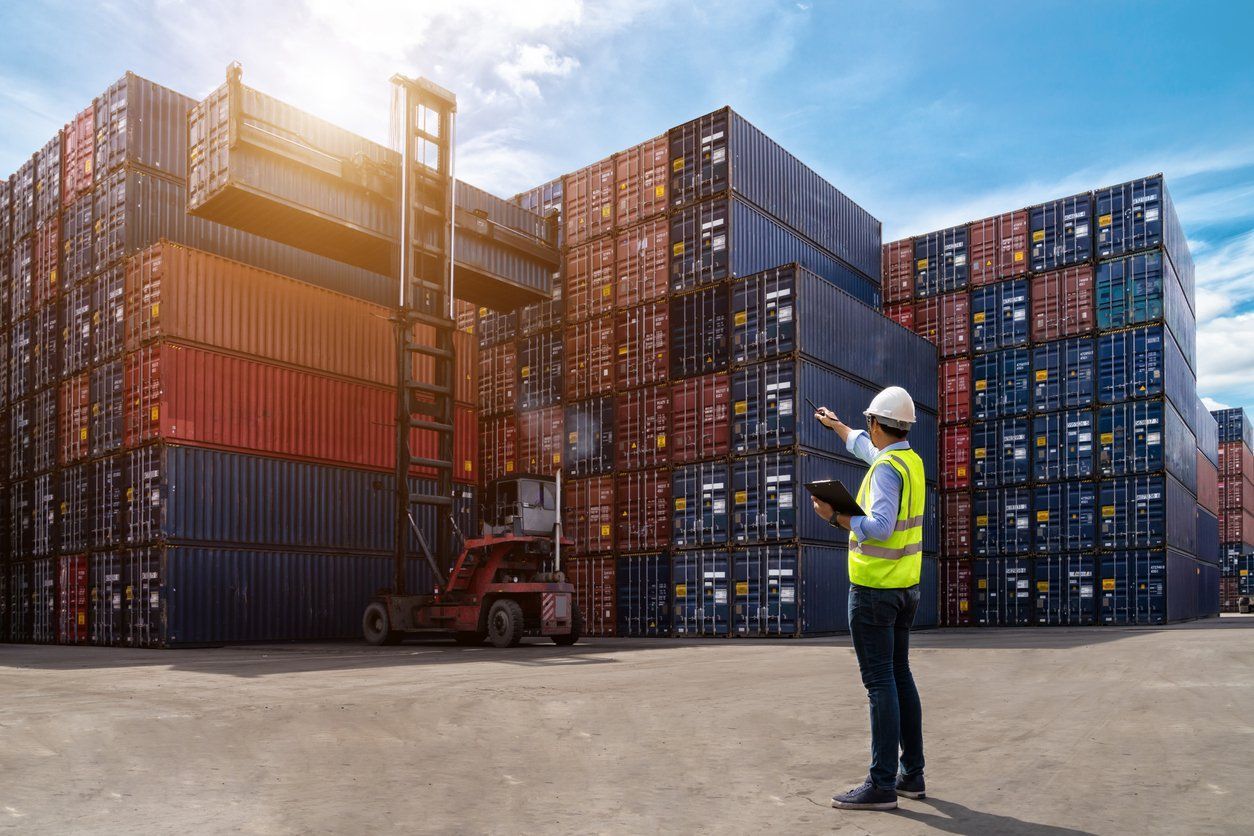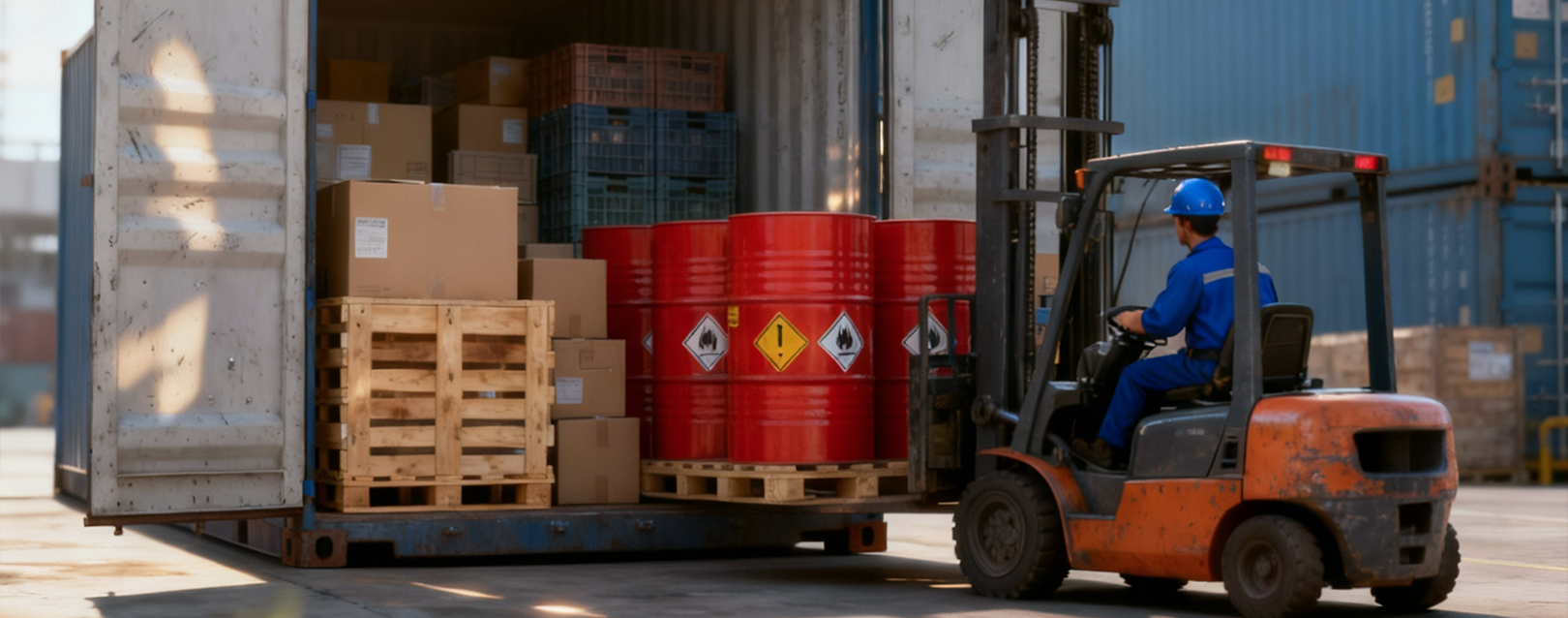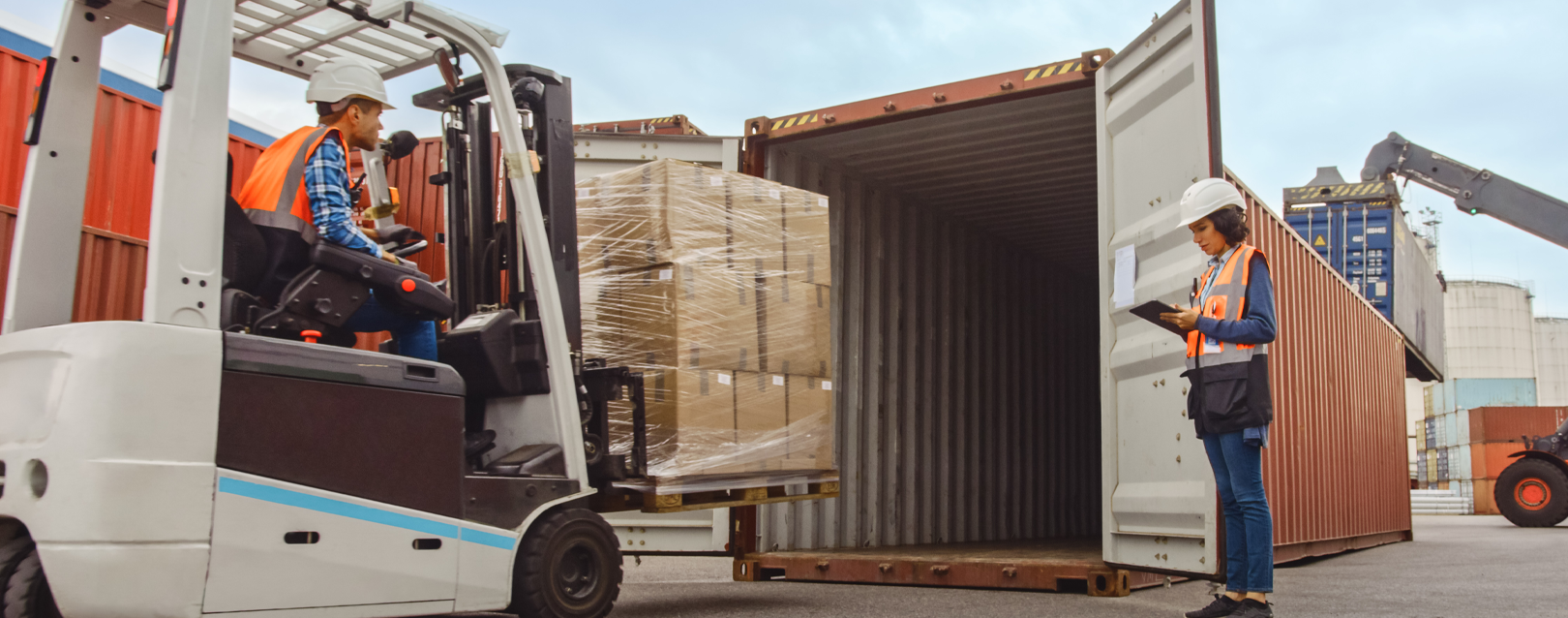
The ports of Santa Catarina are a reference for Brazil. This means that there is a direct impact from these ports on logistics and the Brazilian economy, as 70% of products enter and leave Brazil via maritime routes.
Along a 531 km coastline, the state of Santa Catarina boasts one of the best port infrastructures in the country, with five ports of significant local and national relevance.
Many companies choose the ports of Santa Catarina for their strategic positioning between the south and southeast, as well as due to the fiscal incentives offered. One such benefit is TTD 409, which provides advantages like deferred ICMS, partial deferral in the subsequent internal operation following importation, and, finally, presumed credit.
However, common doubts arise about the infrastructure of these ports, especially for those unfamiliar with the reality of Santa Catarina. In this article, we will show in detail some of the main characteristics of the ports of Santa Catarina.
The port structure of Santa Catarina
The ports of Santa Catarina are among the best in Brazil, especially because they have excellent infrastructure and handle practically all types of cargo.
In total, there are two private ports, that is, ports that do not belong to the Union and, since 2013, have been able to receive cargo from third parties. In contrast, the other three ports are operated and maintained with government investments.
Below, you will find details about the five main ports in the state:
Port of Navegantes (Portonave)
The Port of Navegantes is a leader in the container market. In fact, Navegantes is a terminal located within the organized port of Itajaí.
According to official information, this port is responsible for 59% of the state's container movement. Perhaps you came here looking for “Portonave”. Well, Portonave is precisely the Port of Navegantes.
Due to its proximity to the Port of Itajaí, since both are in the Itajaí Port Complex, it is essential that the cargo entering the canal has the Portonave code. It is also necessary for the ship to dock on the correct bank (on the left).
Most of the cargo arriving in the region goes to Navegantes, which does not affect the land logistics after unloading the containers, since road transport is common to both ports in the Complex, and the transportation costs are the same.
Port of Itajaí
Connected to the Port of Navegantes by BR-470, the Port of Itajaí is the second largest in the country in terms of container movement, including the movement of the APMT and Portonave terminals.
For ships arriving at the Port Complex of Itajaí, the ship must dock on the right bank and display the specific code for Itajaí. In the case of LCL cargo, it is up to the NVOCC to choose the terminal to unload the container (in this case, between Navegantes and Itajaí).
Port of Itapoá
The port authority of Itapoá is the same as that of São Francisco do Sul, since both ports are located in the same bay. However, the port of São Francisco does not receive containerized cargo through regular lines, which makes Itapoá the only regular destination in the north of the state to receive such cargo.
Its location in the north of the state and, therefore, closer to the southeast, is a distinguishing feature that draws attention. It is also worth noting its proximity to large cities such as Joinville and Curitiba.
Regarding the docking of ships, it is important to highlight the existence of a pier, which forces ships to disembark further away from the beach, precisely due to the natural characteristics of the coastal stretch.
Port of São Francisco do Sul
Among the ports of Santa Catarina, São Francisco do Sul is the main one for receiving grains, soybeans and fertilizers, as well as steel materials. Currently, it no longer operates with containerized cargo, as there are no regular lines at this port.
Port of Imbituba
The port of Imbituba facilitates service to the south of the state of Santa Catarina and to Rio Grande do Sul. Long-distance shipping is carried out, i.e. imports and exports, as well as cabotage, which serves the agro-industrial and agro-mineral sectors.
Currently, it is also responsible for receiving petroleum-derived products used for asphalt.
Port flow in Itajaí and Navegantes
The Itajaí Port Complex contains two ports, Itajaí (BRITJ - concession) and Navegantes (BRNVT - private), controlled by the same port authority. Despite their proximity, in order for cargo to be unloaded at the ports, it is necessary to have the specific code for where the unloading should take place.
To unload at the Port of Itajaí, the vessel must follow the right bank. However, ships bound for the Port of Navegantes must follow the left bank.
The relationship between the ports of Itajaí and Navegantes is somewhat similar to the relationship between the ports of Santos and Guarujá. In the latter case, unloading is a very important point in logistics planning, since the distances for road transport are large and significantly alter the price.
In the case of Itajaí and Navegantes, the opposite occurs: road transport costs are the same and, therefore, disembarking on either side does not represent a loss or excessive expense.
Is it worth importing and exporting through Santa Catarina?
We have already mentioned some structural characteristics of the Ports of Santa Catarina, as well as the tax incentives that make the state one of the most viable for importing.
The Federation of Industries of the State of Santa Catarina released data showing that, in 2019, 6.5% of all trade in goods in Brazil took place in the state, representing more than 46 million tons.
With the availability of five ports, three of which support containers, importing in the LCL modality appears to be advantageous, especially in situations where the importer does not have enough goods to fill an entire container.
To carry out import shipments through the ports of Santa Catarina, the importer will need a freight forwarder or an NVOCC, as they can group goods from several customers into containers with the same origin and destination.
That is why it is important to choose an NVOCC that has a consolidated structure in the ports of the south of the country. Allink is a company that operates as an NVOCC with a complete structure for importing in Santa Catarina.
Conclusion
In this article, we will learn about the port structure of Santa Catarina, not only in terms of infrastructure, but also geographical and fiscal aspects. We will also see each of the five ports of Santa Catarina, with their particularities and support for importing and exporting containers.
Finally, we will explore the port flow of Itajaí and Navegantes, showing the practical and daily functioning of the two ports. Did you like our article? Continue reading and check out our material on how an NVOCC can speed up the process of consolidating and shipping cargo.
Continue a navegar no blog da Allink
Mantenha-se informado sobre o comércio exterior
Assine nossa newsletter e receba atualizações semanais de forma gratuita sobre o mundo da logística.





